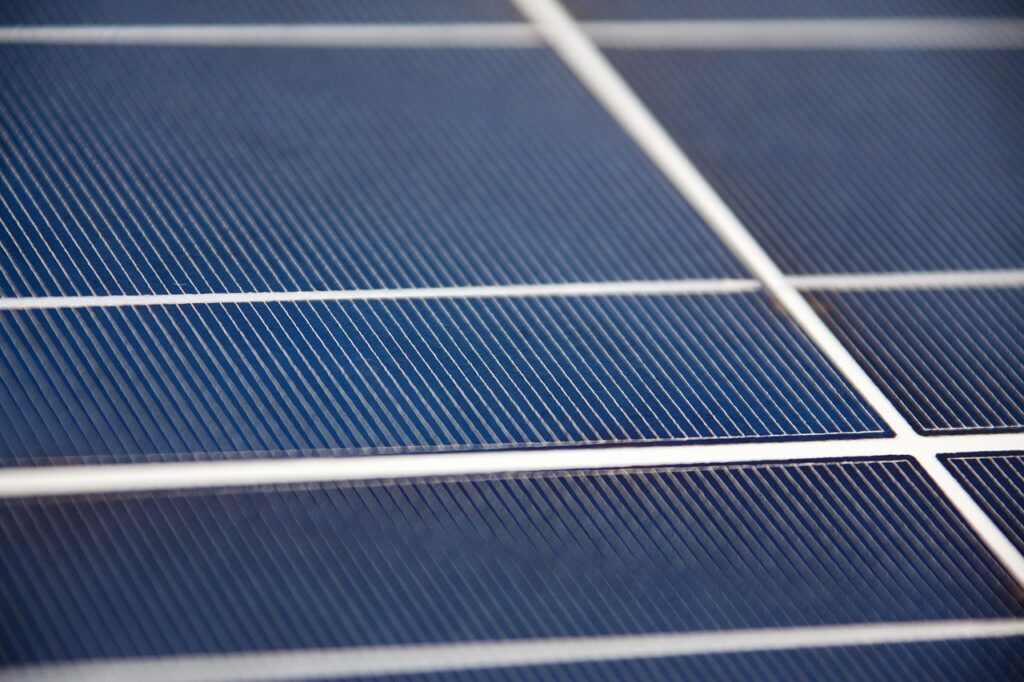No Reason to Exclude Solar Power in the Renewable Energy Shift
How much electricity do solar panels generate from the sun? According to CNet, the most efficient solar panels now are only capable of achieving less than 23% efficiency. This means that only less than a quarter of the sunlight that strikes solar panels turns into electricity. This number is arguably low, especially in light of the 90% efficiency rate of hydroelectric and geothermal plants.
Still, a 23% efficiency is by no means bad given that sunlight is available for free and does not leave toxic fumes and other harmful byproducts. These points sound even more than just consolatory with the recent report about Bill Gates’ support for more efficient photovoltaic technology.
Alternative solar panel material
The silicon solar panels used today were invented in the mid 1950s. LIttle has changed in this technology since its introduction more than half a century ago. There were attempts to replace it with new materials deemed more efficient such as cadmium telluride, copper indium gallium selenide, and gallium arsenide. However, these materials are still costly to produce and are inherently toxic.
The quest for a better solar panel material went on, and researchers turned their attention to perovskite, a calcium titanate material named after Lev Perovski, a mineralogist from Russia. This dark and shiny mineral exhibits an absorption coefficient that is higher than that of silicon’s. It can absorb more light as it can take in more photons from a wider part of the light spectrum.
Compared to silicon, perovskite achieves more than 20% higher energy generation efficiency. Perovskite solar cells can reach an efficiency of 25.7%, which is significantly more than the 21% of conventional silicon cells. However, researchers found that they can raise the efficiency even more by combining perovskite and silicon.
This new solar panel material is already being developed and commercialized worldwide. One of the companies taking advantage of this better solar energy generation material is CubicPV. Operating in Massachusetts and Texas, this startup has already developed silicon-perovskite tandem modules with financial backing from Bill Gates’ climate investment firm called Breakthrough Energy Ventures. Their panels are advertised to have an efficiency of 30%, using perovskite on the top layer and silicon for the bottom.
It appears Bill Gates has been making impactful tech-business decisions over the past years. His bet on OpenAI has led to the development of ChatGPT, which is indubitably one of the most consequential new technologies at present. Prospects seem to be similarly rosy for Gates’ decision to contribute something in addressing the global warming crisis.
The Gates-backed CubicPV has been named as the lead industry participant in an MIT research center recently established to leverage AI and automation for the optimization of silicon-perovskite tandem panels. CubicPV is also set to build a 10GW silicon wafer manufacturing facility in the United States. CubicPV CEO Frank van Mierlo expressed optimism over the future of their more efficient solar panels, noting that “the entire (solar energy) industry will switch to tandem” in the next decade.
Advantages of perovskite cells
Aside from the higher efficiency, tandem cells are likely to become the dominant solar panel material of the future because of their cheap production cost. Perovskite solar panels are usually lower than half the price of polycrystalline and monocrystalline solar cells. They can help bring down the cost of more efficient solar panels. They are cheaper because their production does not require intense amounts of energy like what is needed in manufacturing conventional silicon cells, especially during the impurity removal process.
Additionally, perovskite solar cells work in thin layers, significantly thinner than silicon ones. It is possible to generate electricity with perovskite that is only a micrometer thin. Also, this material is highly flexible. It can be painted or sprayed on different kinds of surfaces, including those that are not perfectly flat or irregularly-shaped.
While silicon-perovskite tandem solar cells are projected to become the solar power material of the future, perovskite-only modules are expected to have their own market. Because of their thinness and flexibility, they can be used in outdoor IoT devices to allow such devices to generate their own electricity for continuous and low-maintenance operation.
Caveat and prospects
The projected dominance of silicon-perovskite tandem panels is not going to happen anytime soon because more R&D is needed to ensure that the material is durable and long-lasting enough in real-world use. The incorporation of perovskite with silicon cells can make the resulting panels easier to degrade with constant moisture exposure.
As Australian Centre for Advanced Photovoltaics head Martin Green explains, there has been considerable progress in the efforts to improve perovskite durability and longevity, but many panels that use this material tend to survive for only a few months outdoors even with meticulous encapsulation. However, some manufacturers have reported better results like Oxford PV, which claims that their tandem panels can meet the standard useful life expectancy of at least 25 years based on accelerated stress tests.
The shift towards renewable energy is a must amid growing concerns over global warming and climate change. It is encouraging to see improvements in renewable technologies, especially when it comes to cost and efficiency. Solar power can play a big role in going green.


